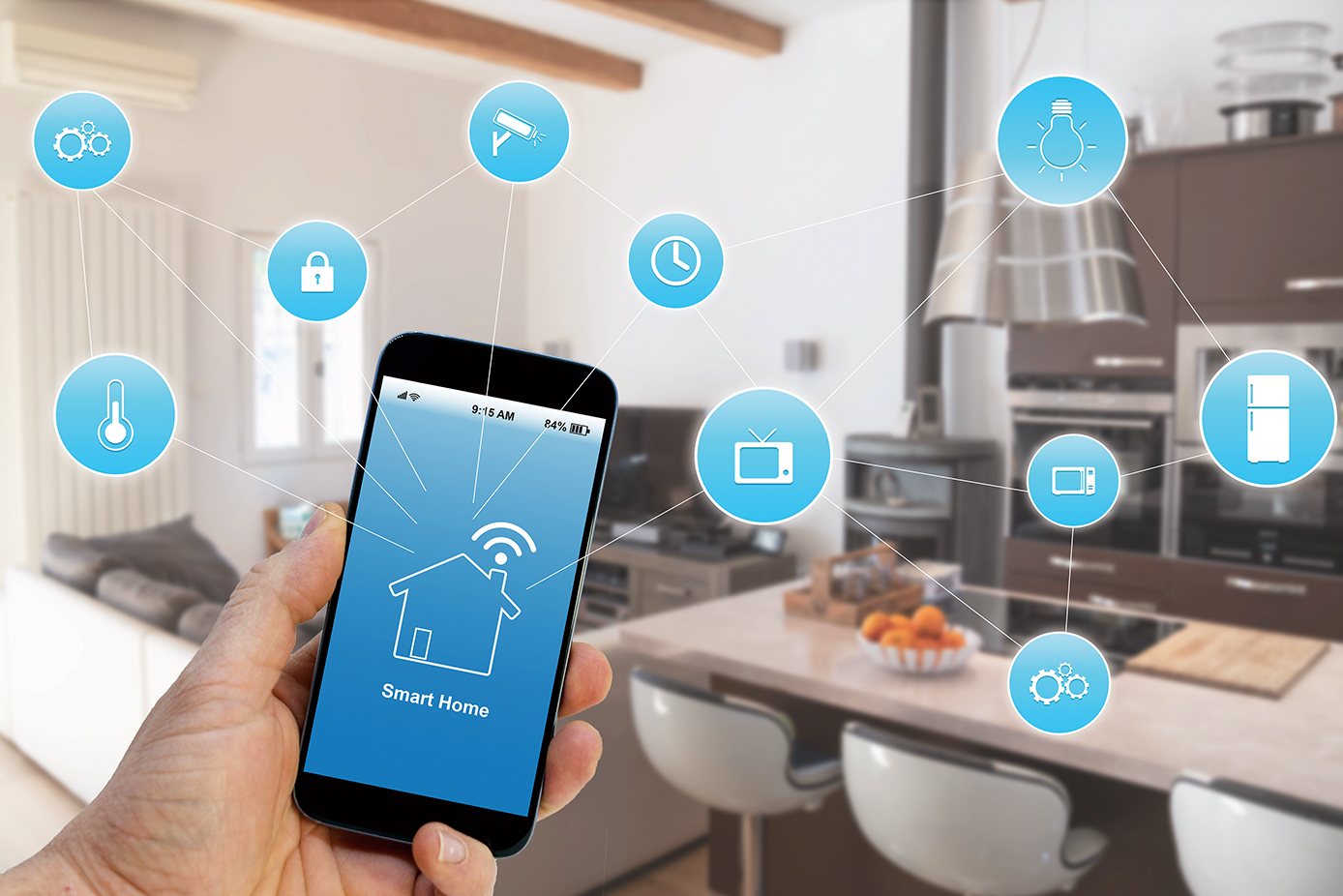In today's fast-paced world, the concept of a smart home is no longer confined to science fiction. The idea of integrating technology into our living spaces has transitioned from a luxury to a necessity. As homeowners and businesses continue to seek ways to enhance convenience and security, smart home integration made simple becomes a critical focal point.
With the advancements in Internet of Things (IoT) technology, the possibilities are endless. Imagine controlling your lights, thermostat, and security system all with a single app. This is not just a futuristic dream; it's a current reality. But how do you navigate the myriad of options available, and more importantly, how do you make it simple?

Understanding Smart Home Integration
Smart home integration involves connecting various IoT devices to a centralized system, allowing for seamless communication and control. From smart thermostats to voice-activated assistants, the goal is to create a cohesive environment where all devices work in harmony. But why is this important for homeowners and businesses alike?
For homeowners, it means increased efficiency and convenience. Imagine waking up to a pre-warmed house, freshly brewed coffee, and a gentle reminder of your day's schedule. For businesses, it translates into cost savings and enhanced security. Reduced energy consumption, automated lighting, and smart security systems are just a few examples of the benefits.
Choosing the Right Smart Home System
One of the first steps in making smart home integration made simple is choosing the right system. With so many options available, it can be overwhelming. Consider reading our guide on how to choose a smart home system to help make an informed decision.
It's crucial to assess your needs and budget. While some systems offer extensive features, they may not be necessary for everyone. Prioritize what matters most to youwhether it's security, energy efficiency, or convenience.
Implementing Smart Home Technology
Once you've chosen your system, the next step is implementation. This process can vary depending on the complexity of your setup. For those who prefer a DIY approach, many systems offer user-friendly guides and support. Alternatively, professional installation services ensure a hassle-free experience.
For a detailed look at installation, check out this smart home installation guide. Proper installation is key to maximizing the benefits of your smart home system.
Integrating Devices for Maximum Efficiency
Efficiency is at the heart of smart home integration made simple. By integrating devices such as smart thermostats, lights, and appliances, you can significantly reduce energy consumption. For instance, smart thermostats alone can save homeowners up to 10% on heating and cooling bills.
Moreover, smart lighting systems allow you to control lights remotely, schedule them to turn on or off, and even adjust their brightness based on natural light availability. This not only enhances convenience but also contributes to energy savings.
The Role of Security in Smart Homes
Security is a major concern for both homeowners and businesses. Smart home technology offers advanced security solutions, including smart locks, cameras, and alarm systems. These devices provide real-time alerts and remote monitoring, ensuring peace of mind even when you're away.
For an in-depth comparison of different control methods, you might find our article on voice control vs app control insightful. Understanding the best way to manage your smart home can enhance both security and usability.
Keeping It Simple: Tips for Success
While the idea of a smart home can seem daunting, keeping it simple is key. Start small by integrating a few devices and gradually expand your system. Prioritize interoperabilitychoose devices that work well together to avoid compatibility issues.
Additionally, stay updated on the latest advancements in smart home technology. This will not only ensure you're getting the most out of your investment but also keep you informed about new features that can further simplify your life.
Conclusion: Embracing the Future
As we continue to embrace technology in every aspect of our lives, smart home integration made simple is more than just a trendit's the future of living. By understanding the basics and taking a strategic approach, homeowners and businesses can enjoy the numerous benefits of a smart home.
Whether you're looking to enhance security, improve energy efficiency, or simply add convenience to your daily routine, the possibilities are endless. For more insights, explore our article on pros and cons of smart home technology.

FAQs
What is the simplest way to start with smart home integration?
Start by identifying your primary needs, such as security or energy savings. Choose a few smart devices that address these needs and are compatible with each other. Gradually expand your system as you become more comfortable with the technology.
Are smart home systems secure?
Yes, smart home systems are designed with security in mind. However, it's important to follow best practices such as using strong passwords, regularly updating your devices, and enabling two-factor authentication to enhance security.
Can I integrate smart home technology into an existing home?
Absolutely! Smart home technology can be integrated into both new and existing homes. Many devices are wireless and easy to install, making them suitable for retrofitting into older homes.

